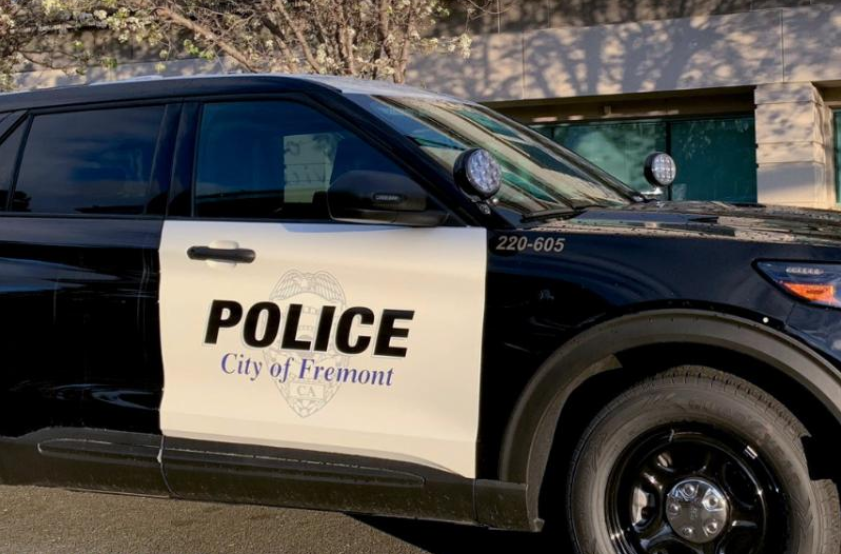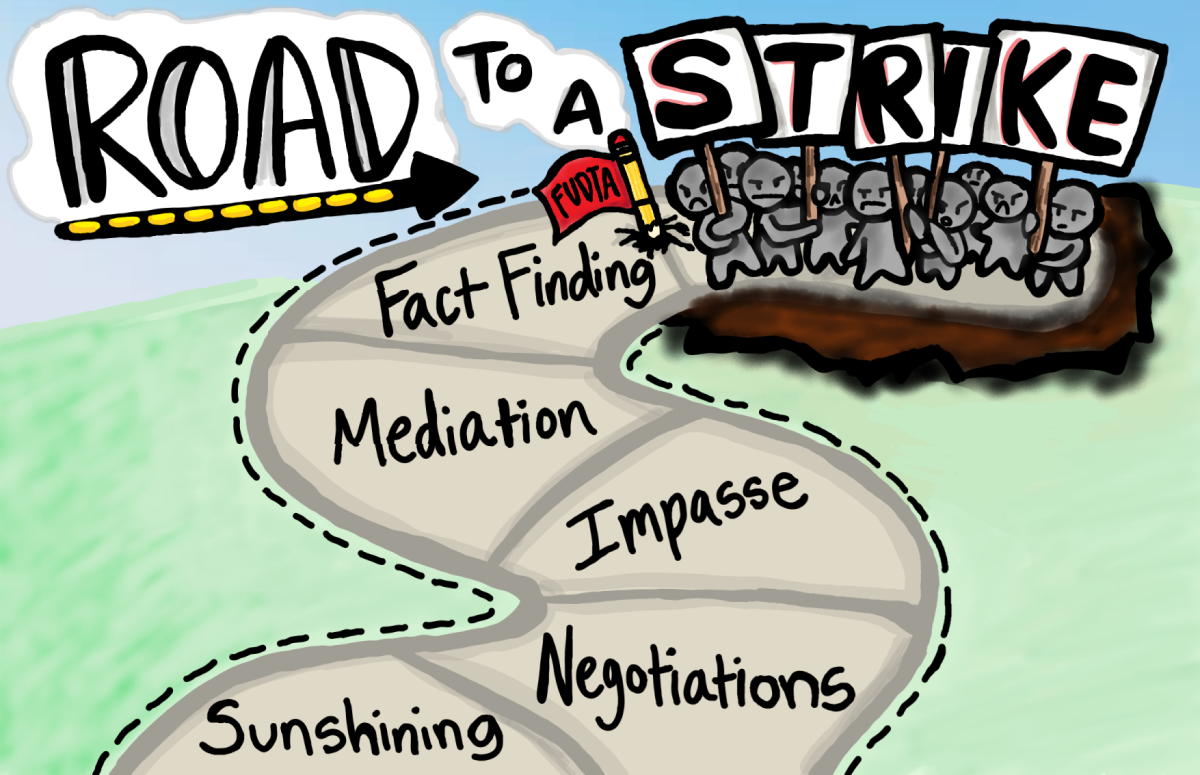Why we need trigger warnings
November 17, 2016
A few months ago, the University of Chicago welcomed its freshman class of 2020 with a warning: this is a campus that does not support trigger warnings. In a letter, the university claimed that trigger warnings align with the intent of censorship, and that it threatens their environment of all content, narrowing their students’ knowledge. However, the University of Chicago and many other schools misunderstand the purpose of trigger warnings, and why they are a necessity.
Over this summer, at a poetry reading at California Institute for the Arts, I witnessed a young girl run out of the auditorium, bawling, because the reader’s poem contained a graphic description of sexual violence. She was not the only audience member who was unprepared for this content, and the reader issued an apology later in the week for the lack of trigger warnings. Trigger warnings are essential in schools–though their meaning has been diluted in many online communities, students who have experienced traumatizing events deserve to be forewarned of possibly triggering content.
UChicago’s main argument against trigger warnings and “intellectual safe spaces” is that they promote censorship of uncomfortable material. But this argument is unfounded due UChicago’s misinterpretation of trigger warnings. Trigger warnings do not censor any material. And they are not new–they’ve been in use since the late 1900s, for those who have served in the military and suffer from post traumatic stress disorder (PTSD). More recently, trigger warnings have been used regarding sexual assault related content, for victims of rape or abuse. They are simply an alert of the possibly disturbing content to follow. Kate Manne, a philosophy professor at Cornell University, states that warnings require little effort to teachers, but can benefit students greatly.
“With appropriate warnings in place, vulnerable students may be able to employ effective anxiety management techniques, by meditating or taking prescribed medication,” she said. “As a professor, it merely requires my including one extra line in a routine email to the class … It may even help sensitize [those who do not need warnings] to the fact that some of their classmates will find the material hard going.”
Students will still be able to participate when content is disturbing, but they will be emotionally and mentally prepared. They will not have to opt out of the activity, or leave when they are experiencing shock, because they will be in the right state of mind ahead of time.
The reason trigger warnings have stepped into this area of controversy is because of the dilution of their meaning. Internet forums such as those on Reddit and Tumblr have facetiously overused trigger warnings to a point of mockery. A Tumblr blog, Privilege 101, dedicated to identifying “privilege,” deems snakes, vomit, and slimy things as needing warnings. These things may make individuals uncomfortable, but they generally do not trigger PTSD. Many online also misunderstand the purpose and correct application of trigger warnings, and dilute their meaning.
Another argument against trigger warnings is that this system of avoidance just reinforces trauma. However, this is not the case. Trauma must be dealt with professionally.
“Classrooms are not therapist’s offices and professors aren’t mental health professionals. This kind of work requires a controlled and private environment outlined by the practicing clinician,” Lindsey Holmes, an editor at Huffington Post, said.
Trigger warnings save students from re experiencing their pasts in the classroom, in a space where they are not ready to. Content on the internet is impossible to control and regulate–but schools need to do their part and use trigger warnings for their students. With this sensitivity to others’ experiences, students will hopefully go out into the world more aware and empathetic.









